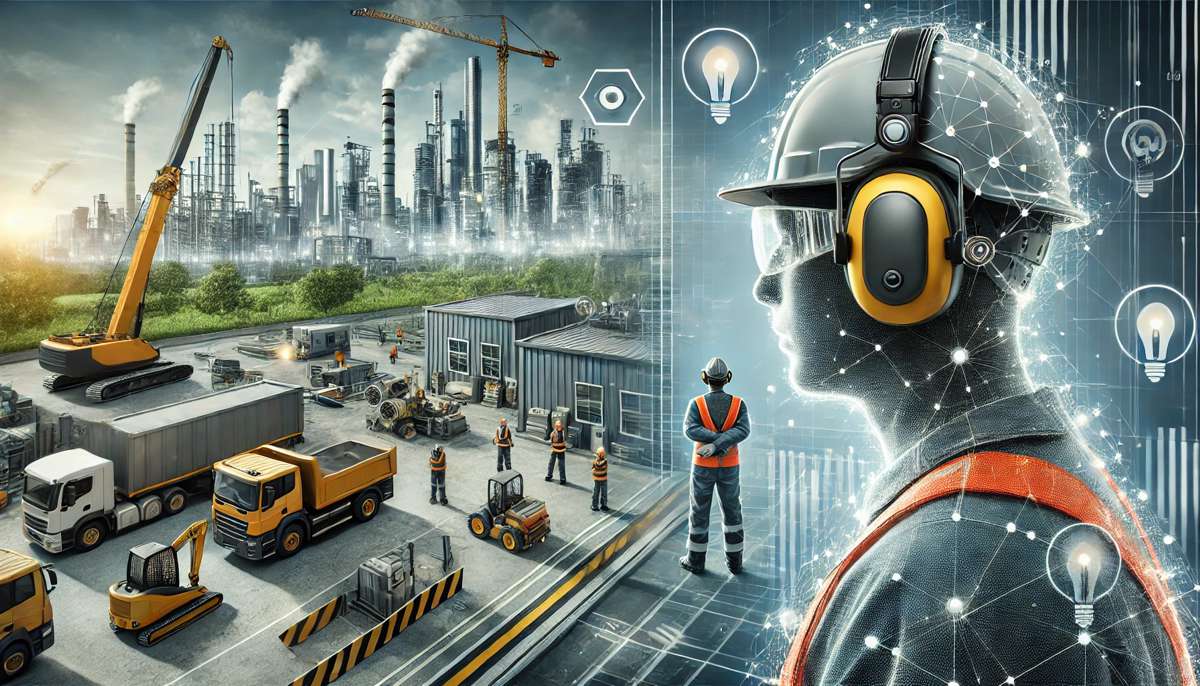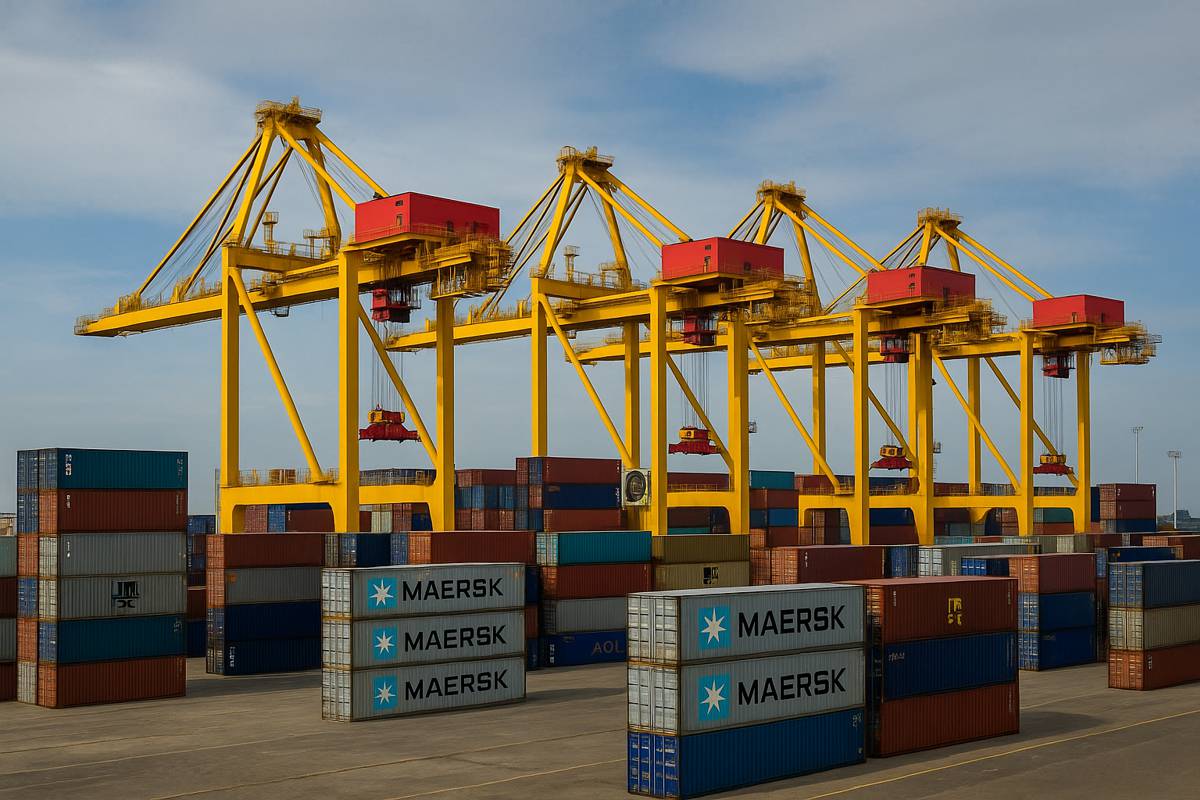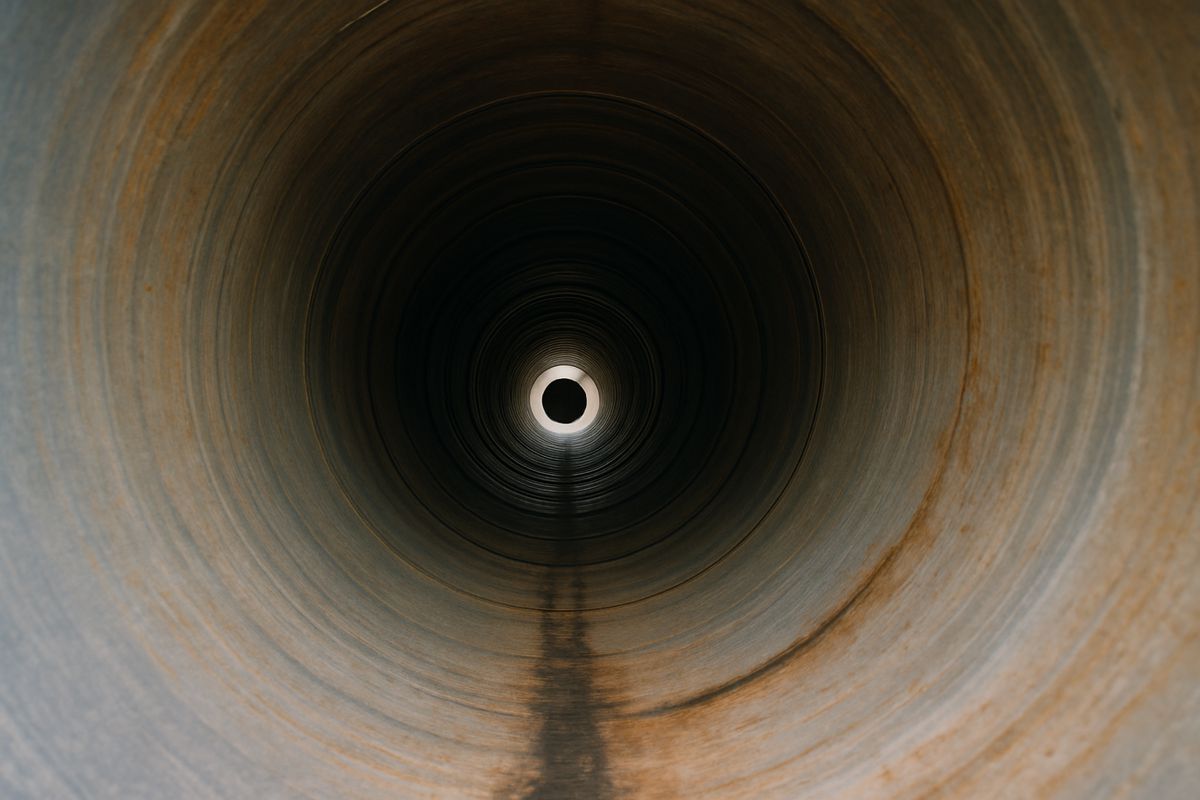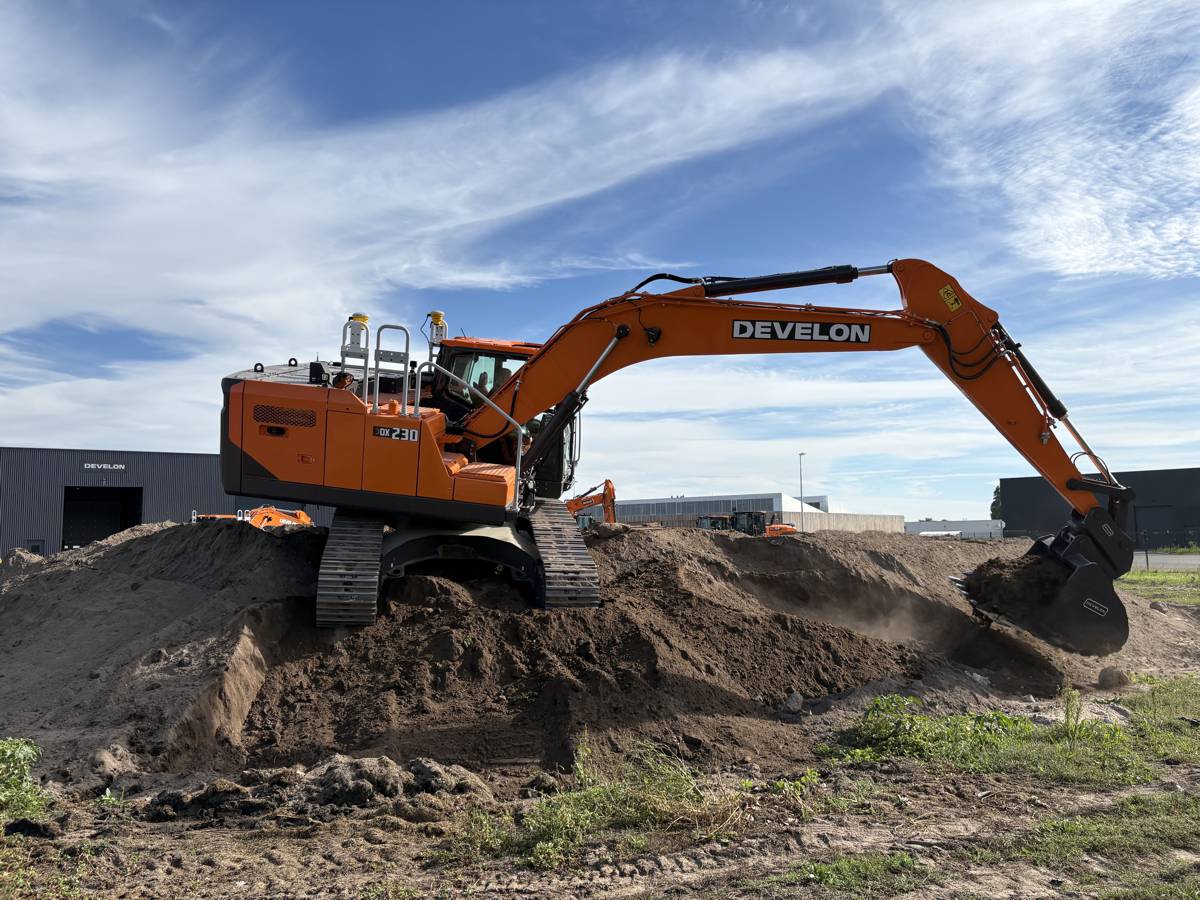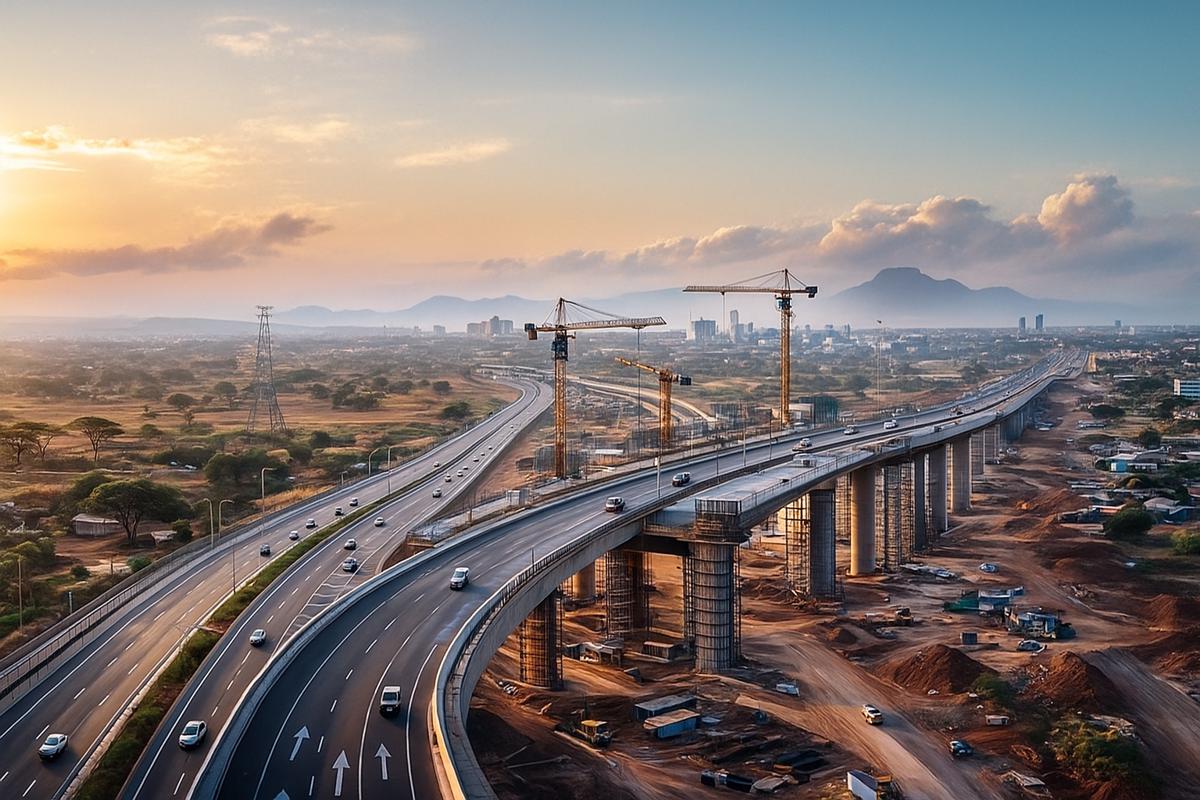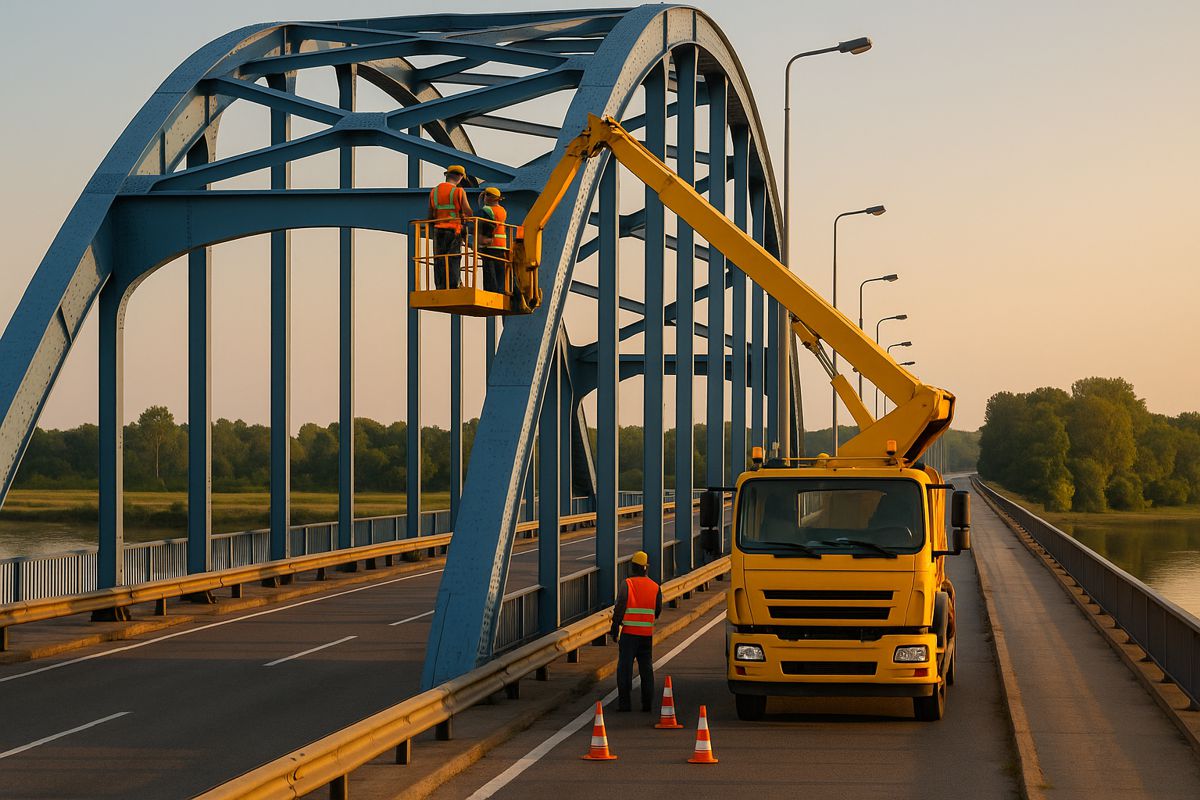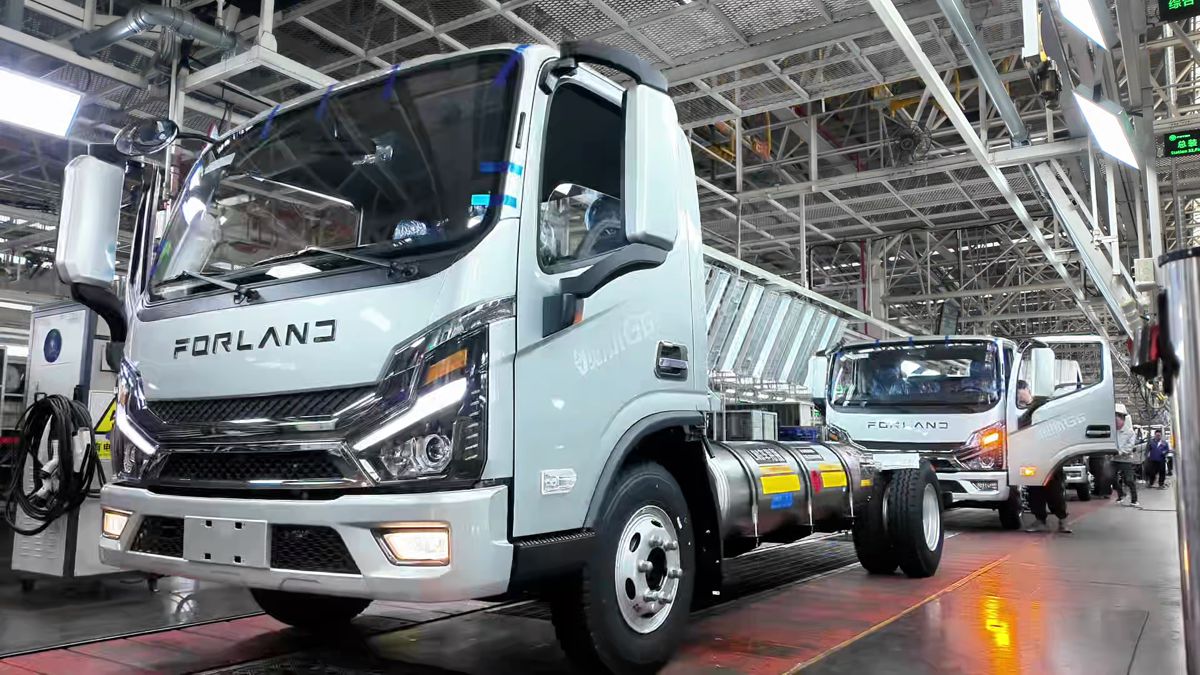Your Guide to Hearing Loss and PPE to Protect Construction Workers
Construction sites are alive with activity—and noise. From roaring machinery to hammering tools, the cacophony of sounds often exceeds safe decibel levels, posing a silent but significant risk: hearing loss. Prolonged exposure to noise above 85 decibels (dB) can lead to irreversible damage, affecting not just auditory health but overall well-being.
According to the National Institute for Occupational Safety and Health (NIOSH), 51% of construction workers are regularly exposed to hazardous noise, and around 25% suffer material hearing impairment. Alarmingly, this impairment can lead to conditions like tinnitus, elevated stress levels, and even cardiovascular issues. Addressing this issue requires a multifaceted approach that prioritises prevention, protection, and education.
Understanding Noise-Induced Hearing Loss
Noise-induced hearing loss (NIHL) occurs when sound damages the delicate hair cells in the inner ear, impairing their ability to transmit sound signals to the brain. Unlike other workplace injuries, which may heal over time, NIHL is cumulative, permanent, and entirely preventable with the right measures in place. What’s more, it’s not just a professional hazard but a life-altering condition that can rob individuals of one of their most essential senses—hearing.
Construction sites are noisy environments, brimming with power tools, heavy machinery, and overlapping operations that push sound levels to dangerous thresholds. A jackhammer, for instance, can produce up to 130 decibels (dB)—a deafening intensity capable of causing irreversible hearing damage in as little as 15 minutes without adequate protection. And the risk isn’t confined to high-decibel equipment; prolonged exposure to moderate noise levels can also accumulate over time, silently degrading hearing health.
Beyond the immediate harm, noise-induced damage takes a toll on workers’ ability to communicate effectively and respond to auditory cues, essential for maintaining safety on-site. This impairment can lead to mistakes, accidents, and a significant drop in productivity. Moreover, the long-term effects of sustained noise exposure extend beyond the ears. Studies reveal links between excessive noise and increased stress, sleep disturbances, and even cardiovascular issues—all of which contribute to diminished quality of life and higher absenteeism among workers.
Regulatory Standards Setting the Baseline for Safety
The Control of Noise at Work Regulations 2005 in the UK sets clear guidelines for managing noise risks. Employers must assess noise levels, implement control measures, and provide appropriate personal protective equipment (PPE) when exposure exceeds action levels:
- Lower Action Level: 80 dB, where hearing protection must be made available.
- Upper Action Level: 85 dB, where hearing protection becomes mandatory.
- Exposure Limit Value: 87 dB, taking PPE into account.
These standards underline the importance of active noise management and the role of PPE as a last line of defence.
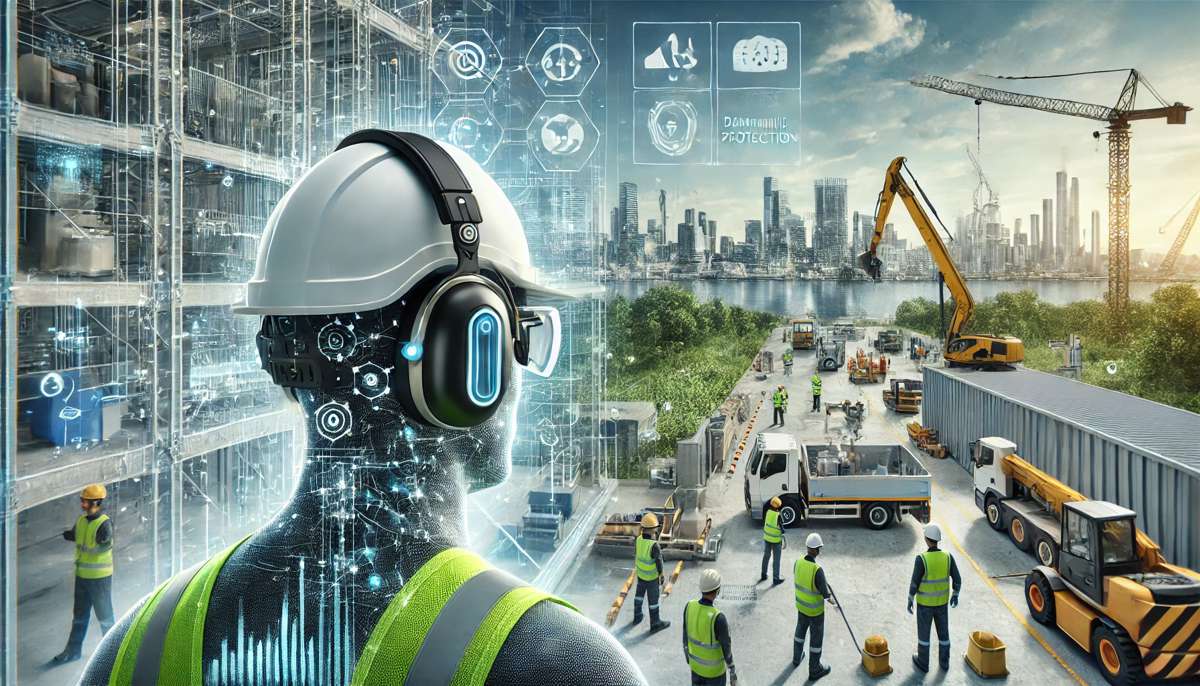
Reducing Noise at the Source
Before resorting to PPE, efforts should focus on eliminating or mitigating noise at its source. Modern construction practices and innovative technologies offer various strategies:
- Design Phase Solutions: Incorporate quieter construction methods, such as pre-channeled wall sections to eliminate grinding or chasing walls. These strategies not only reduce noise but can also significantly improve project efficiency by minimising time spent on noise-heavy tasks.
- Alternative Techniques: Opt for bursting or crushing instead of pneumatic drilling or employ boring methods over pile driving. These quieter options ensure less disruption and enhance the comfort of workers and nearby communities. For example, advanced boring machines are now designed with noise-reduction technology, further mitigating impact.
- Acoustic Barriers: Deploy screens, noise-dampening curtains, and soundproof enclosures around noisy operations. Such barriers not only protect workers nearby but also reduce the spread of noise pollution to neighbouring areas. In large-scale projects, modular acoustic panels can be adapted to various site layouts, offering both flexibility and enhanced noise control.
- Silenced Equipment: Mandate low-noise machinery like silenced generators and follow the “Buy Quiet” policy recommended by the Health and Safety Executive (HSE). Many manufacturers now offer equipment specifically designed to meet stringent noise regulations, ensuring compliance and worker safety. For instance, compact generators with advanced muffler systems can lower noise output by over 50% compared to standard models.
By integrating these strategies into daily operations, construction firms can address noise risks proactively, enhancing the safety and well-being of their teams while adhering to industry best practices.

The Role of Personal Protective Equipment (PPE)
When noise reduction at the source isn’t feasible, PPE becomes an essential safeguard. Yet, not all hearing protectors are created equal—choosing the right type demands a careful balance of protection, practicality, and worker preferences.
Types of Hearing Protectors
- Foam Earplugs: Inexpensive and portable, foam earplugs are a popular choice for short-term use. However, proper insertion is crucial to achieve their full noise-reducing potential. Workers should be trained to roll and position them correctly in the ear canal. Additionally, they’re ideal for environments with fluctuating noise levels since they can be easily carried in a pocket or toolbox.
- Custom-Moulded Earplugs: These plugs are designed to fit an individual’s ear canal perfectly, ensuring both comfort and superior noise attenuation. Their durability and reusability make them an economical long-term option. Custom-moulded plugs can also be paired with advanced features like filters that allow selective sound frequencies, enabling clear communication while still offering robust protection.
- Earmuffs: Covering the entire ear, earmuffs provide excellent noise reduction and are easy to don and doff. Adjustable designs ensure a snug fit for most users, and premium models now come equipped with active listening or electronic features. These innovations enable workers to maintain situational awareness and hear vital safety signals while blocking harmful noise levels.
- Dual Protection Systems: In some cases, a combination of earplugs and earmuffs is recommended, especially in environments with extreme noise exposure exceeding 100 dB. This dual-layer approach provides maximum noise attenuation and is particularly effective in tasks like jackhammering or pile driving.
Key Considerations When Choosing PPE
- Noise Reduction Rating (NRR): Ensure that the hearing protector’s NRR matches or exceeds the noise hazards present on-site. For accurate protection, the real-world noise reduction often falls below laboratory-tested values, so it’s essential to choose high-quality products.
- Comfort: Long shifts demand hearing protectors that won’t cause irritation or discomfort. Lightweight designs, soft materials, and adjustable features help improve wearability, reducing the risk of workers removing their PPE.
- Compatibility: Hearing protectors must integrate smoothly with other PPE, such as helmets, goggles, or respirators. For example, slim-profile earmuffs can accommodate hard hats without compromising safety.
- Durability: Construction sites are harsh environments. Hearing protectors should withstand exposure to dust, moisture, and frequent handling. Models made from impact-resistant materials are a wise investment.
- Maintenance: Proper care extends the life of PPE. Choose washable earplugs or earmuffs with replaceable cushions to maintain hygiene and performance. Training workers on maintenance protocols can further ensure longevity.
- Accessibility and Training: Equip workers with easily available hearing protectors and provide thorough training on correct usage. Misuse or improper fitting can significantly reduce effectiveness.
By offering a range of high-quality options and educating workers on their proper use, construction companies can ensure hearing protection remains a reliable last line of defence against noise-induced hearing loss.
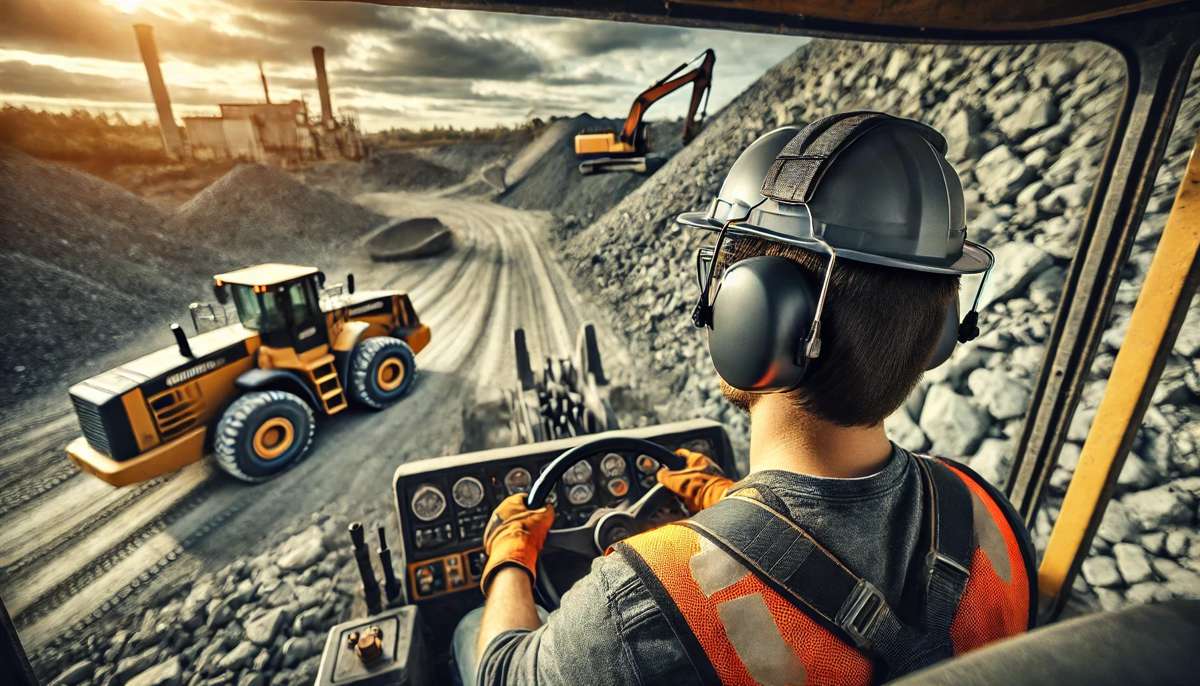
Beyond PPE With Training and Monitoring
Providing PPE isn’t enough. Employers must cultivate a comprehensive culture of awareness, accountability, and proactive engagement with workers about hearing safety. This goes beyond handing out equipment and delves into education, regular checks, and ongoing monitoring to safeguard long-term auditory health.
Training workers to identify the early signs of hearing damage—like difficulty hearing conversations or persistent ringing in the ears—is a critical first step. Employees who are informed about these red flags are more likely to seek intervention before damage becomes irreversible. Regular communication campaigns, toolbox talks, and visual reminders on-site can reinforce these lessons, keeping awareness high.
- Health Surveillance: Implement robust audiometric testing programmes to evaluate workers’ hearing health annually, especially for those exposed to noise-intensive tasks. After the initial two years, testing can shift to every three years if no significant changes are observed. Early detection ensures timely action, preventing further deterioration and enabling effective interventions.
- Training Sessions: Educate teams on the risks of excessive noise exposure, the importance of PPE, and the correct methods for using and maintaining hearing protection. Demonstrations on fitting earplugs and ensuring the snug fit of earmuffs can significantly improve compliance and effectiveness.
- Active Monitoring: Deploy noise-detection devices across the site to pinpoint high-risk zones and implement noise-exclusion areas. By integrating advanced noise-mapping tools, employers can provide real-time updates on noise levels, ensuring workers stay informed and make informed choices about their safety.
- Feedback Mechanisms: Encourage workers to report concerns about noise levels or discomfort with PPE, fostering a two-way dialogue that helps identify issues early. These feedback loops can drive continual improvement in hearing conservation strategies, ensuring they remain relevant and effective over time.
By embedding these practices into daily operations, companies can not only comply with regulations but also demonstrate a genuine commitment to their workforce’s well-being. This holistic approach ensures hearing safety becomes an integral part of workplace culture, benefiting everyone on-site.
Global Best Practices and Innovations
Several countries have pioneered advancements in hearing protection standards, establishing a robust framework to safeguard workers from noise-related hazards. These regulations set the stage for effective noise management and the adoption of innovative protective technologies:
- United States: OSHA mandates a comprehensive hearing conservation programme for noise exposures exceeding 85 dB over an 8-hour time-weighted average. This includes regular noise assessments, provision of PPE, and mandatory training for workers.
- European Union: The EN 352 standards serve as a benchmark for hearing protectors, outlining specifications for earplugs, earmuffs, and helmets. These standards ensure consistent product quality and effectiveness, fostering a safer work environment.
- Australia and New Zealand: AS/NZS 1269.3 places a strong emphasis on noise control measures integrated into workplace safety protocols. This includes monitoring noise levels, establishing quiet zones, and promoting the use of advanced hearing protection.
In addition to these regulatory frameworks, global advancements in hearing protection technology are transforming the landscape. Smart earmuffs equipped with Bluetooth connectivity enable seamless communication without compromising safety. Noise-cancelling features enhance focus by filtering out harmful sounds while allowing critical alerts to remain audible. Real-time noise monitoring systems offer on-the-spot insights into workplace noise levels, enabling immediate corrective actions and fostering a proactive approach to hearing safety.
These innovations not only enhance worker protection but also streamline compliance with stringent noise regulations. By integrating cutting-edge technology and adhering to global best practices, the construction industry is paving the way for a safer and healthier workforce.
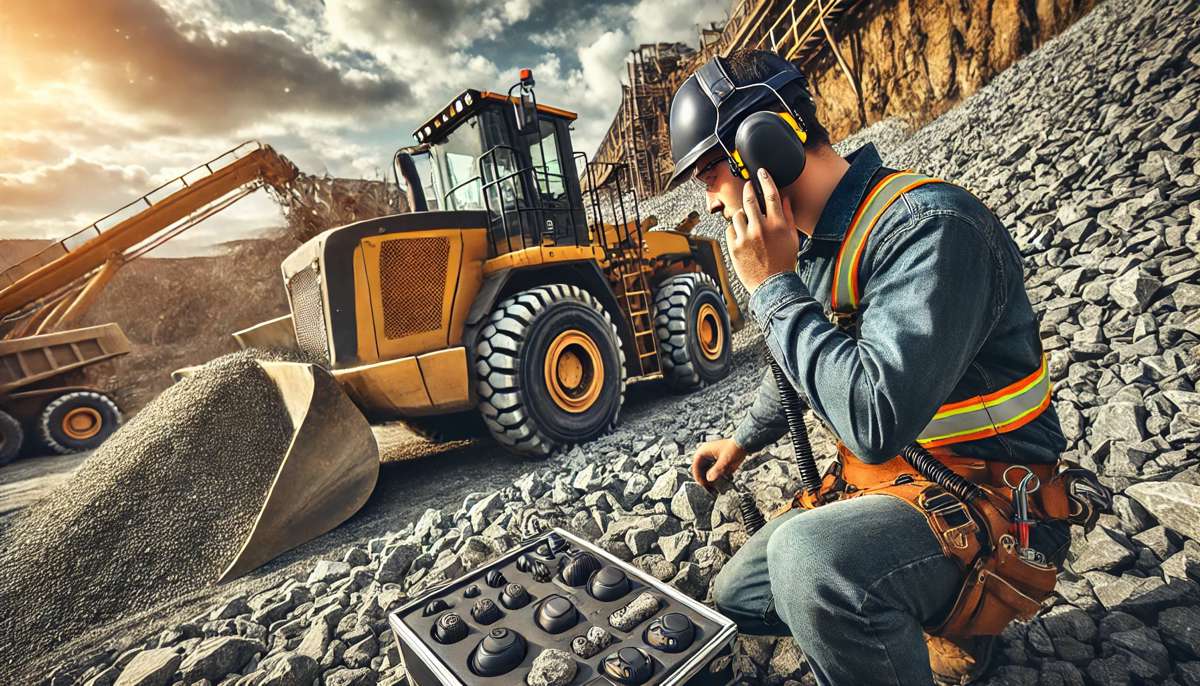
Brands and Products
Several trusted brands excel in providing high-quality hearing protection tailored to meet the diverse needs of construction workers:
- 3M Peltor: Renowned for its advanced earmuffs, 3M Peltor offers models equipped with active listening capabilities, enabling workers to hear essential communications while protecting against harmful noise. Their earmuffs are robust, lightweight, and feature innovative designs that cater to various noise levels, ensuring optimal comfort and protection even during extended use. Additionally, their range includes electronic hearing protectors with Bluetooth connectivity for seamless communication on noisy sites.
- Moldex: A leader in durable earplugs and reusable solutions, Moldex provides a wide selection of products designed for superior noise reduction. Their foam earplugs are available in multiple sizes and shapes to ensure a snug fit for every user, while their reusable earplugs feature washable, long-lasting materials that reduce waste. Moldex also prioritises worker safety with high-visibility colours and innovative dispenser systems for easy access on-site.
- Howard Leight by Honeywell: Combining cutting-edge technology with ergonomic designs, Howard Leight hearing protection products cater to comfort and performance. Their earmuffs include models with passive and electronic options, some featuring noise amplification for critical sounds like alarms or spoken instructions. Additionally, Howard Leight’s earplugs boast patented foam formulas that provide a secure seal without compromising comfort, making them ideal for all-day wear. The brand’s focus on user-friendly designs ensures widespread adoption and effective hearing protection across teams.
With such diverse offerings, these brands empower construction workers to choose products that suit their specific roles and site conditions, reinforcing the importance of personalised hearing protection solutions.
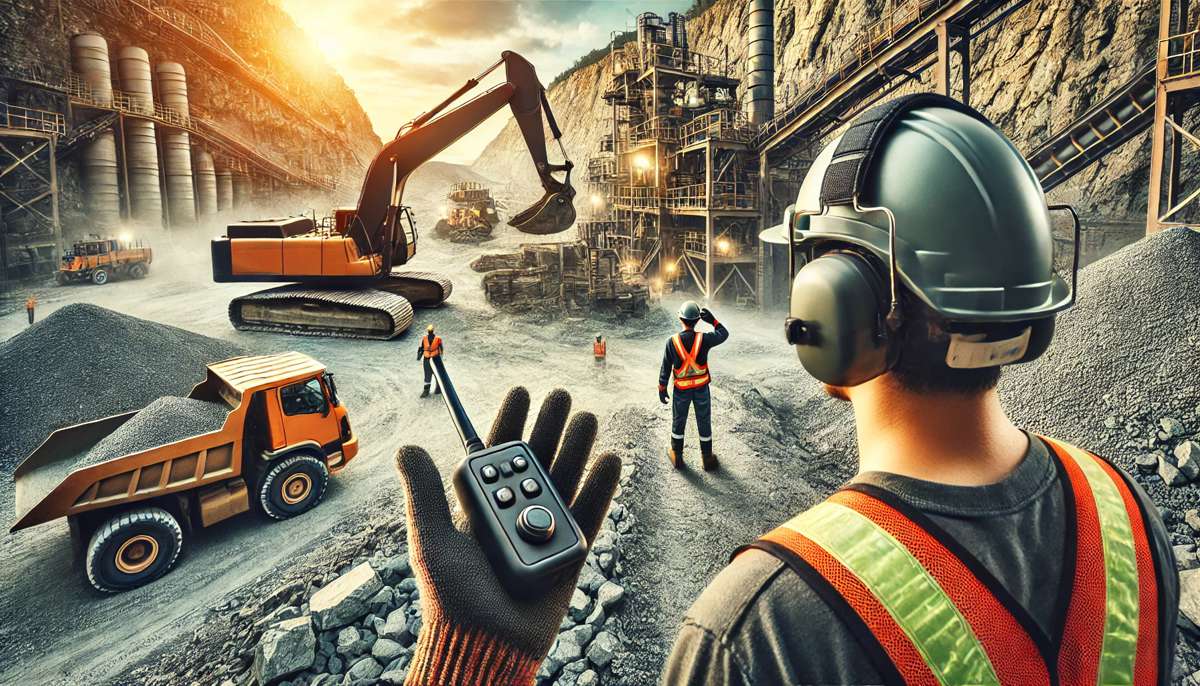
The Future of Hearing Protection PPE
The landscape of hearing protection is evolving rapidly, driven by technological advancements and a growing emphasis on worker well-being. The next generation of PPE is set to integrate cutting-edge innovations that prioritise both functionality and comfort, ensuring that workers are not only protected but also empowered to perform their tasks effectively.
Smart Hearing Protection
Emerging smart hearing protectors are revolutionising the industry. These devices come equipped with features like real-time noise monitoring, which alerts users when noise levels approach dangerous thresholds. Bluetooth-enabled earmuffs allow seamless communication on-site without removing protection, ensuring continuous safety while fostering collaboration.
Advanced AI-driven systems are also being incorporated into hearing protection. These systems can learn the user’s environment and adapt noise-cancellation settings accordingly, offering personalised safety solutions. For example, some devices amplify critical sounds like alarms or spoken instructions while blocking harmful noise frequencies.
Sustainable and Customisable Solutions
Sustainability is becoming a key focus in PPE development. Manufacturers are exploring biodegradable materials for disposable earplugs and creating long-lasting, reusable products to minimise environmental impact. Additionally, 3D printing technology is enabling the creation of custom-fitted earplugs at a lower cost, ensuring maximum comfort and effectiveness for users.
Integration with Broader Safety Systems
The future of hearing protection extends beyond individual devices. Integrated safety systems are being developed to provide a holistic approach to workplace safety. For instance, smart PPE can connect with site-wide monitoring systems, providing supervisors with real-time data on noise exposure levels and ensuring compliance with safety regulations. These systems can also generate reports and insights to guide proactive decision-making.
Enhanced Training and Virtual Reality (VR)
Innovative training tools, including VR, are set to transform how workers are educated about hearing protection. VR simulations can immerse users in realistic construction site scenarios, helping them understand the importance of PPE and practice its proper use in a controlled environment. This approach not only improves knowledge retention but also fosters a stronger safety culture.
As the construction industry embraces these advancements, the future of hearing protection PPE promises to be safer, smarter, and more sustainable. These innovations ensure that hearing loss becomes an issue of the past, allowing workers to focus on their tasks without compromising their health.
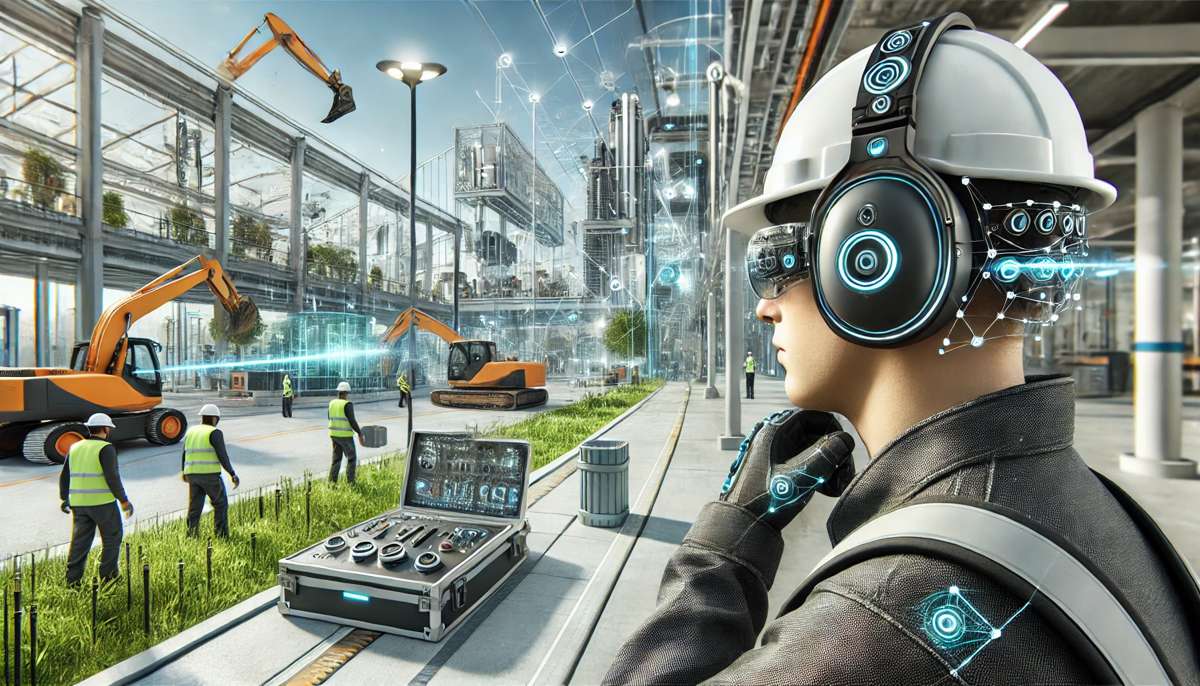
A Step Towards Safer Workplaces
Protecting workers’ hearing is not just a legal obligation—it’s a moral imperative. Noise risks are pervasive in construction, but by adopting a multi-pronged approach, companies can drastically reduce the impact of hazardous sound levels on their workforce. Proactive measures such as investing in advanced noise-reduction technologies, implementing robust training programmes, and promoting a culture of safety can transform the workplace into a more secure environment. Advanced PPE tailored to individual needs ensures that workers have access to the right tools to safeguard their hearing, while ongoing education keeps safety front of mind.
Addressing these challenges isn’t just about compliance; it’s about valuing the people who build our roads, bridges, and buildings. Hearing loss doesn’t have to be a side effect of a hard day’s work. By implementing the right precautions, construction companies can create environments where health and safety go hand in hand with productivity and efficiency.
Hearing loss is irreversible, but prevention is entirely within reach. Together, we can build a safer, healthier future, where every decibel is accounted for, and every worker goes home with their hearing intact.








